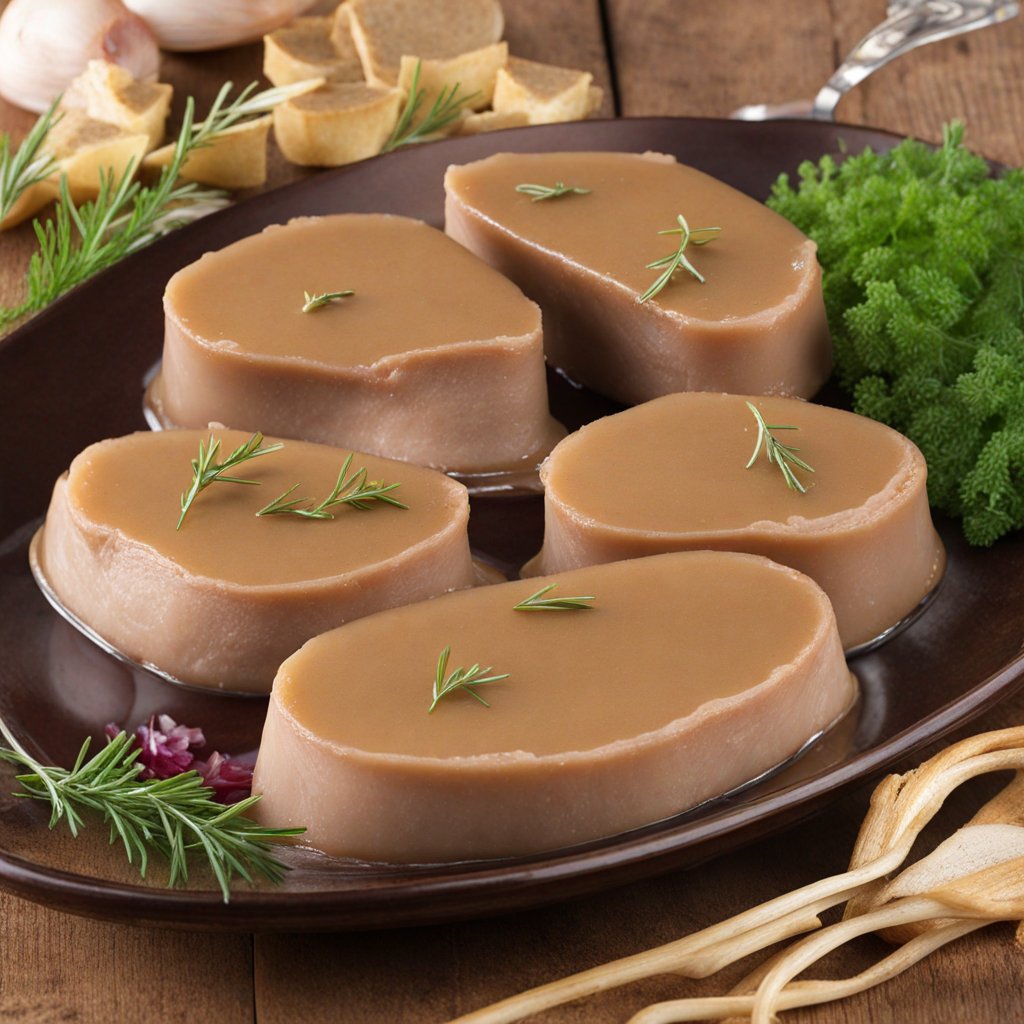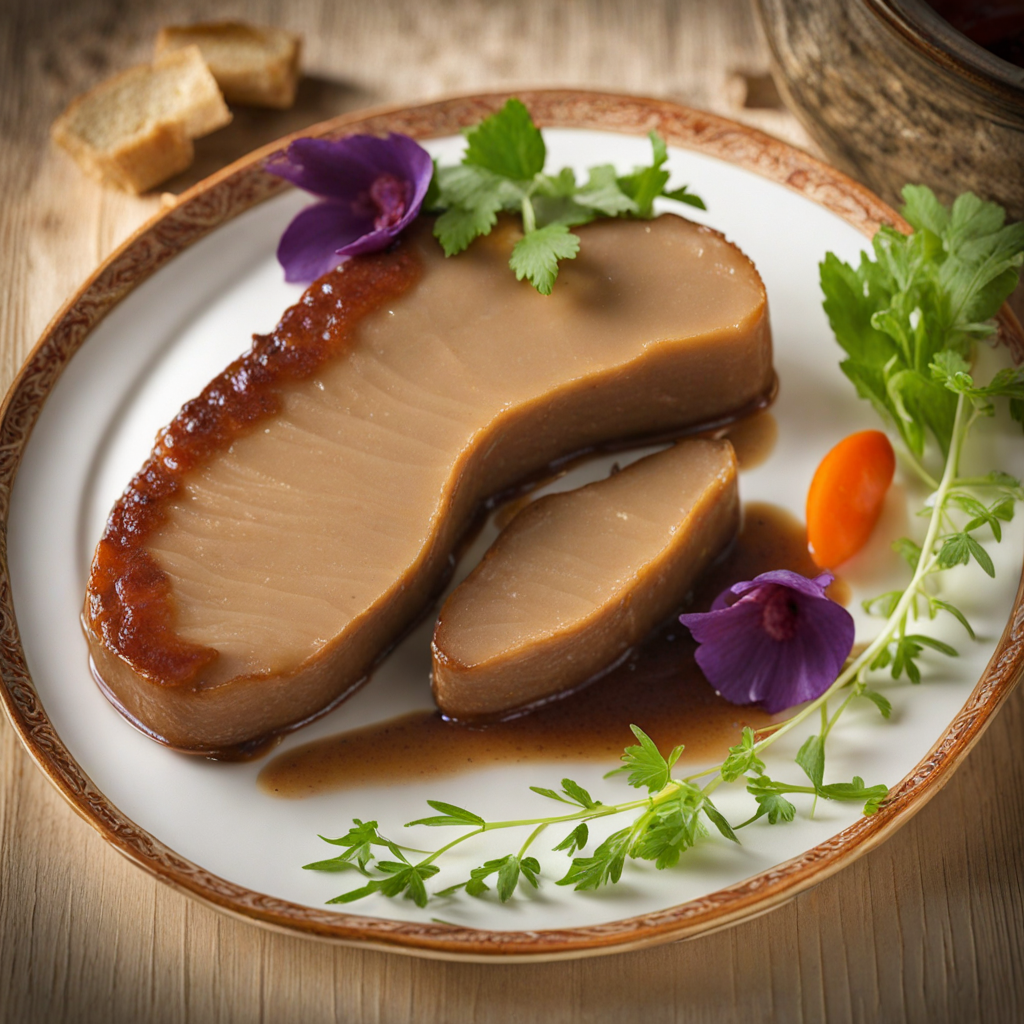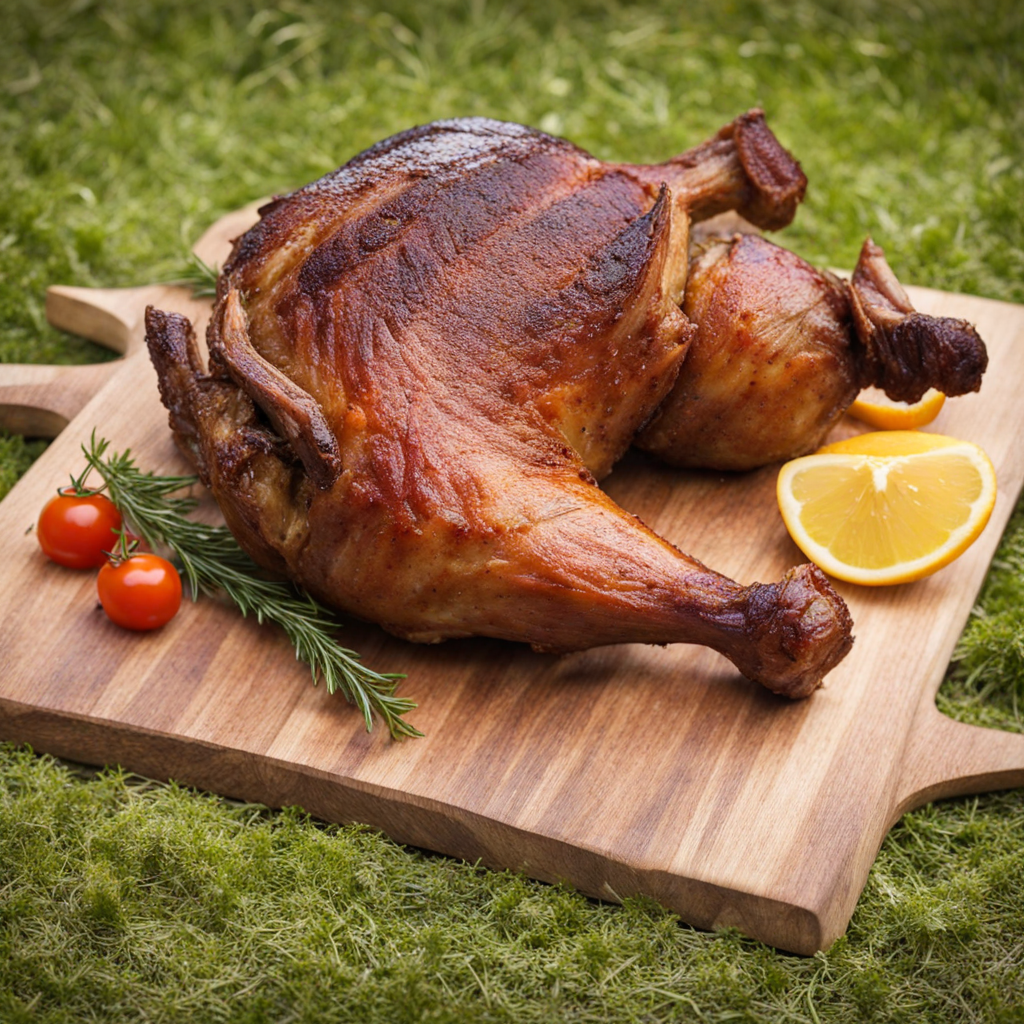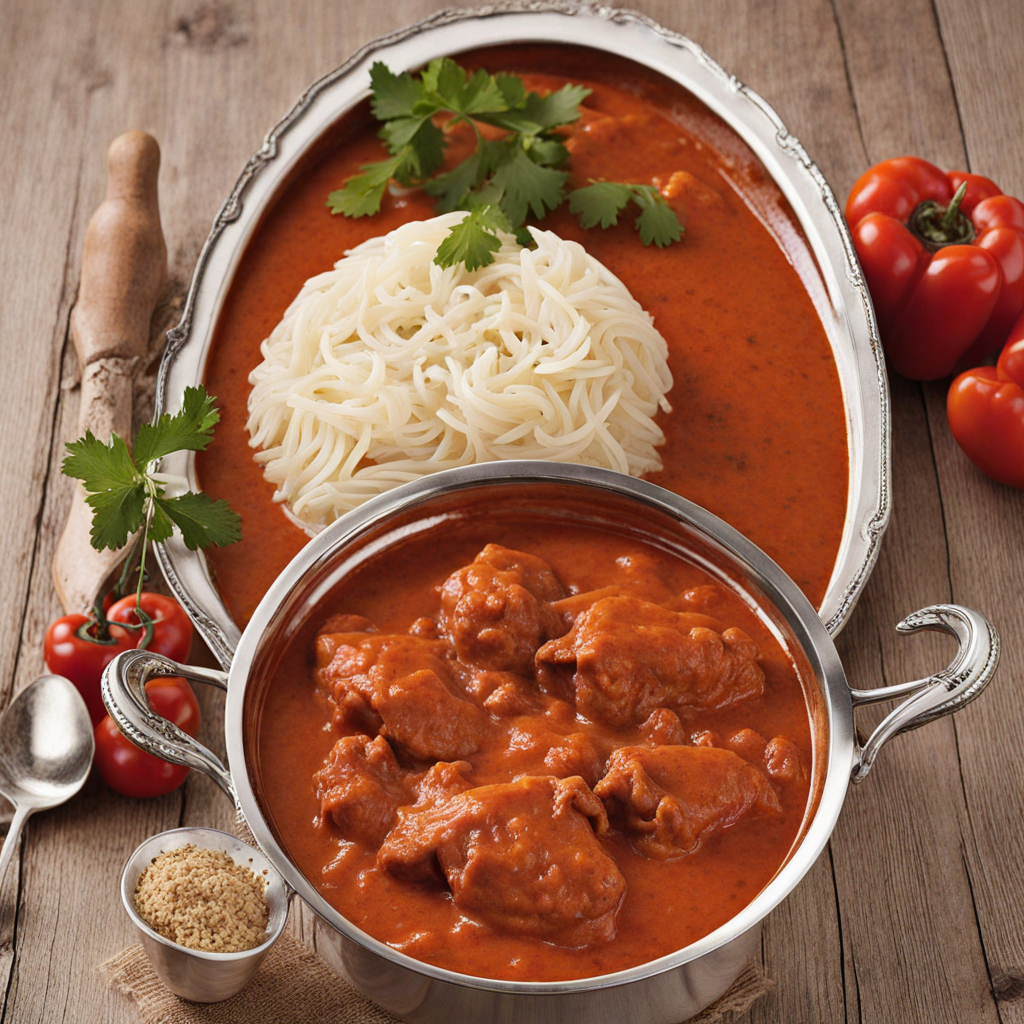Libamáj
Libamáj, or goose liver, is a luxurious delicacy that has become synonymous with Hungarian cuisine. This rich and buttery dish is made from the fattened liver of geese, known for its velvety texture and intense flavor. The liver is often prepared as a pâté, which can be spread easily on crusty bread or crackers, allowing the diner to savor its creamy consistency and deep, umami notes. It is frequently paired with sweet accompaniments like fruit preserves or compotes, which beautifully contrast the savory depth of the liver, enhancing the overall tasting experience. In Hungary, libamáj is traditionally served as part of a larger meal or as an elegant appetizer, often garnished with pickles or microgreens. Chefs may also present it sautéed or grilled, creating a delightful caramelization on the outside while preserving the luscious interior. The dish is often deglazed with a splash of sweet Tokaji wine, adding a layer of complexity and a hint of sweetness that elevates the dish to new heights. This preparation showcases not only the art of Hungarian cooking but also the cultural significance of using high-quality, locally sourced ingredients. Exploring libamáj is akin to embarking on a culinary journey through Hungary’s rich gastronomic heritage. Each bite reveals a tapestry of flavors, from the earthiness of the goose liver to the harmonious interplay of textures. Whether enjoyed in a fine dining setting or at a cozy bistro, libamáj invites food lovers to indulge in a sensory experience that is both indulgent and memorable, making it a must-try for anyone seeking to broaden their palate and embrace the exquisite taste of Hungary.
How It Became This Dish
The History of Libamáj: A Culinary Jewel of Hungary Origins and Early Beginnings Libamáj, or goose liver, is a dish that embodies the rich culinary heritage of Hungary, where it has been a revered delicacy for centuries. The practice of fattening geese, known as *gavage*, dates back to ancient times. Historical records suggest that the Egyptians were among the first to cultivate this technique, using it to produce rich, indulgent liver. The tradition spread through Europe, reaching the Mediterranean regions before making its way to Central Europe, where Hungary embraced it with open arms. Hungary’s unique geographical position—situated at the crossroads of Eastern and Western European cultures—allowed it to absorb various culinary influences. By the Middle Ages, the consumption of goose liver had become more widespread, especially among the nobility. The Hungarian aristocracy, influenced by French cuisine, began to elevate libamáj into a luxurious dish, appreciated for its rich flavor and velvety texture. Cultural Significance Libamáj holds a special place in Hungarian culture, not only as a gastronomic delight but also as a symbol of national pride. It is often associated with festive occasions, family gatherings, and traditional celebrations. The dish is typically served during the Christmas season, symbolizing abundance and the joys of togetherness. In Hungary, the preparation of libamáj goes beyond mere cooking; it is an art form passed down through generations. Families often have their own cherished recipes, and the preparation of this dish can become a communal activity, gathering loved ones around the kitchen in anticipation of a feast. This social aspect enhances its significance, linking the food to shared experiences and memories. Traditional Preparation and Variations The classic method of preparing libamáj involves a careful process of fattening geese, which can take several months. Farmers traditionally used a diet rich in corn or grains to produce the famed *foie gras*, resulting in a liver that is remarkably tender and flavorful. In Hungary, the liver is often seasoned simply with salt and pepper, allowing its natural richness to shine through. One of the most beloved preparations is *libamáj pástétom* (goose liver pâté), which is often served with crusty bread or as part of an elegant appetizer platter. The pâté is typically smooth and creamy, made by blending the liver with fat, sometimes enhanced with spices or fruit purées. Another popular dish is *libamáj sült* (roasted goose liver), where the liver is seared to perfection, creating a crispy exterior while retaining its soft, buttery interior. In addition to these traditional forms, modern chefs have begun to experiment with libamáj, incorporating it into contemporary dishes. It can be paired with unexpected ingredients such as fig jam, apple chutney, or even chocolate, showcasing its versatility and appeal to a broader audience. Economic Impact and Production The production of libamáj has significant economic implications for Hungary. The country is one of the world's leading producers of foie gras, with vast numbers of geese raised specifically for this purpose. Areas such as Szeged and the region of Pécs are particularly known for their high-quality products, and the industry supports local agriculture and rural economies. However, the production of goose liver has not been without controversy. Animal welfare concerns regarding the method of force-feeding geese have led to passionate debates both within Hungary and internationally. As a result, some producers have shifted towards more humane practices, emphasizing free-range farming and ethical treatment of animals. This movement has sparked a growing market for artisanal products, where quality and ethical considerations go hand in hand. Libamáj in Modern Cuisine In modern times, libamáj has gained international acclaim, with chefs around the world incorporating it into their menus. Its luxurious nature has made it a staple in gourmet restaurants, where it is often featured in tasting menus or as a highlight of upscale dining experiences. Hungarian chefs have taken pride in promoting their culinary heritage on the global stage, showcasing libamáj as a centerpiece of traditional Hungarian cuisine. The introduction of libamáj to international diners has also prompted a renaissance of interest in its preparation and presentation. Culinary schools and gastronomy programs have begun to include courses on traditional Hungarian dishes, with libamáj frequently highlighted as a prime example of the country’s rich culinary traditions. Preserving Tradition Amidst Change As the world becomes increasingly globalized, the challenge lies in preserving the authenticity of traditional dishes like libamáj while adapting to contemporary culinary trends. Chefs today face the task of honoring the rich history of the dish while also finding innovative ways to present it to a new generation of diners. Food festivals, cooking classes, and culinary tours in Hungary celebrate the heritage of libamáj, ensuring that both locals and tourists can experience its cultural significance firsthand. Initiatives by organizations and chefs to promote sustainable practices in goose farming also play a crucial role in maintaining the integrity of the dish and its production methods. Conclusion: A Culinary Legacy Libamáj is more than just a dish; it is a reflection of Hungary’s history, culture, and culinary artistry. Its evolution from the kitchens of ancient Egypt to the dining tables of modern gourmet restaurants illustrates the enduring appeal of this rich delicacy. As debates surrounding ethical production continue, the future of libamáj will likely involve a balance between tradition and innovation, ensuring that it remains a cherished part of Hungary’s culinary legacy for generations to come. In celebrating libamáj, we are not only savoring a luxurious taste but also partaking in a rich tapestry of history, culture, and community that defines Hungarian cuisine. Whether enjoyed in its traditional form or in contemporary interpretations, libamáj continues to be a testament to the artistry of cooking and the enduring love for exceptional food.
You may like
Discover local flavors from Hungary







